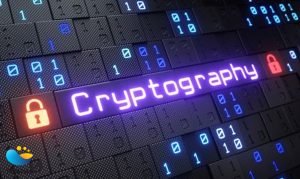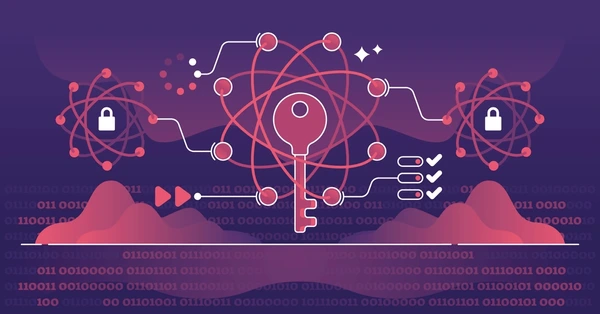
As quantum computing technology rapidly advances, its potential to break conventional encryption methods poses a critical challenge to cybersecurity. Quantum cryptography, particularly post-quantum cryptography (PQC), is emerging as a key solution to safeguard digital communications in the quantum era. Here’s an in-depth exploration of the current state and future implications of quantum cryptography.
Quantum Threats to Cryptography

Classical encryption techniques, such as RSA and ECC, rely on the difficulty of factoring large numbers or solving discrete logarithms—problems quantum computers, powered by Shor’s algorithm, could solve efficiently. This capability could render existing security systems vulnerable, exposing sensitive data.
Post-Quantum Cryptography: The Vanguard of Security
Post-quantum cryptography employs algorithms designed to be resistant to quantum computing attacks. In 2022, the U.S. National Institute of Standards and Technology (NIST) selected four algorithms for standardization after a rigorous competition, marking a milestone in quantum-safe encryption. These algorithms include Kyber for key encapsulation and Dilithium for digital signatures, both based on lattice cryptography.
Quantum Key Distribution (QKD)
Quantum cryptography also includes QKD, which uses the principles of quantum mechanics to create theoretically unbreakable encryption. Protocols like BB84 leverage quantum entanglement and the no-cloning theorem to detect eavesdropping, offering unprecedented security for data transmission.
Challenges in Quantum Cryptography
Scalability:
Scaling quantum cryptography solutions, such as Quantum Key Distribution (QKD), to a global network is one of the most significant hurdles facing the field. Current implementations often require highly specialized infrastructure, including quantum repeaters, which are essential for overcoming the attenuation of quantum signals over long distances. However, quantum repeaters are still in the experimental stage, and their integration into practical systems remains years away.
Furthermore, the deployment of QKD across existing communication networks necessitates substantial upgrades to hardware, including quantum-compatible fibers and specialized detection systems, which adds significant cost and complexity. These challenges are compounded when considering intercontinental connections, where satellites or underwater fiber optic cables would need to be adapted for quantum communication, further complicating scalability.
Migration Complexity:
Transitioning from classical cryptographic systems to quantum-safe or post-quantum cryptographic standards involves a complex and resource-intensive migration process. Organizations must extensively test these new algorithms to ensure they are both robust and compatible with existing systems. Interoperability between classical and quantum-safe systems is critical, particularly during the transition period, where both types of systems will likely need to coexist.
Additionally, industries with high security needs, such as banking, healthcare, and defense, must carefully evaluate the impact of these changes to avoid vulnerabilities or operational disruptions. This transition requires significant investment in research, workforce training, and infrastructure updates, making it a daunting prospect for many organizations.
Algorithm Maturity:
The development of post-quantum cryptographic algorithms is still in its early stages. While organizations like the National Institute of Standards and Technology (NIST) have made progress by selecting a set of initial algorithms for standardization, these algorithms are not yet universally validated. The evolving nature of quantum computing technology means that cryptographic algorithms must continually be assessed and refined to address potential vulnerabilities that may arise from advances in quantum attack techniques.
This iterative process involves rigorous testing under diverse scenarios, which is time-consuming and resource-intensive. Ensuring the long-term robustness of these algorithms against unforeseen threats is critical to maintaining trust in quantum-safe cryptographic systems. As quantum technology progresses, the cryptographic community must remain vigilant, balancing innovation with the need for reliability and security.
The Path Forward











